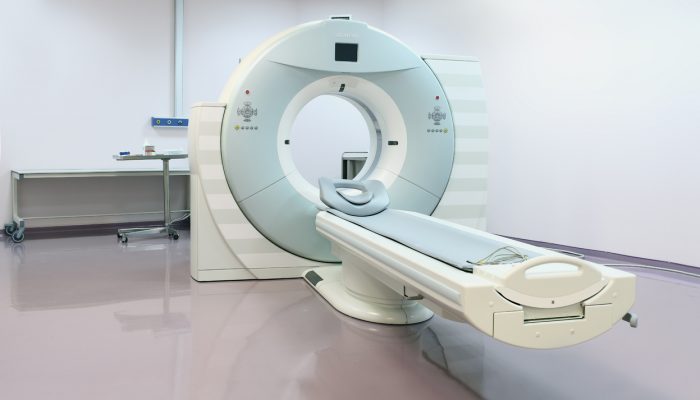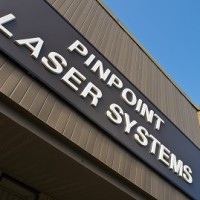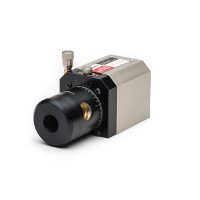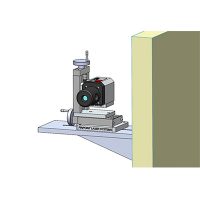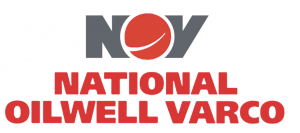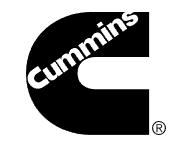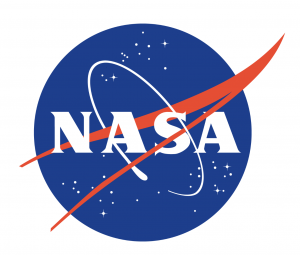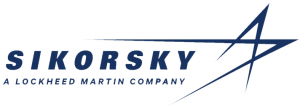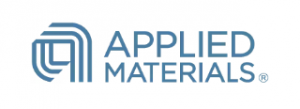In machinery and mechanical systems, precise alignment of moving components such as bearings, spindles, tracks and tables is crucial for smooth and accurate operations. For example, when using a CNC machine to manufacture parts, accurate alignment of axes on lathes or routers is critical for precision engineering.
Deviation in linear alignment can lead to substandard parts with irregularities in shape, thickness and other properties. Misaligned components also can cause friction, vibration, stress and wear, resulting in downtime, production loss, unplanned maintenance and equipment failure. Shaft misalignment accounts for 50 percent of all costs related to breakdowns in rotating machinery.
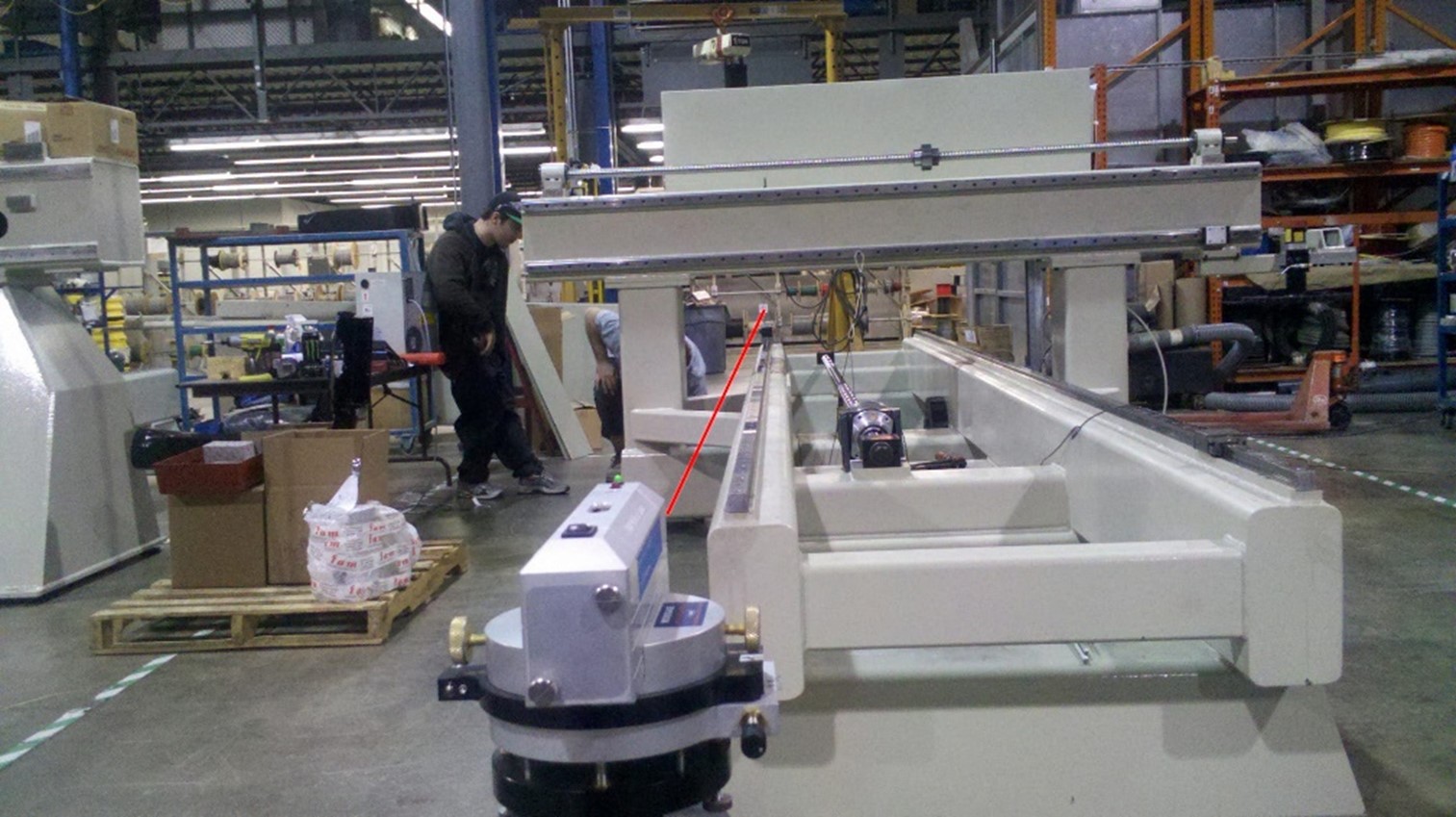
Benefits of Accurate Straightness and Alignment
Accurate alignment and straightness enhance the reliability and efficiency of machines, ensuring consistent production of standard parts and increased productivity. Consistent product quality eliminates the need to re-machine parts, reducing production costs and lead times. Machines can operate at higher speeds, producing more output for greater profitability.
Reduced vibration and friction also lead to lower energy consumption and a safer environment. Industry studies indicate that a precision-aligned machine reduces energy consumption from 1 to as much as 10%.
Best Tool for Accurate Measurement
Different tools are available to assist machine operators, technicians and engineers in achieving precision alignment. While straightedges and dial indicators can be used to check the straightness of surfaces, they are prone to human error and require skill and experience to read. In addition, they cannot provide the high level of accuracy nor real-time values needed by technicians for aligning precision machinery.
Laser alignment systems offer a user-friendly solution with highly accurate feedback, surpassing dial indicators and straightedges. These systems can measure with a precision of 0.0001 inches at distances of up to 150 feet. Unlike dial indicators and straightedges, which require multiple set-ups for each alignment, the laser alignment system typically needs only one set-up. With an intuitive setup and use, laser alignment eliminates the need for outside alignment contractors and reduces installation costs.
How Laser Alignment Works
A laser alignment system comprises three basic components:
1. A laser transmitter: projects the straight reference beam that passes over the surface or object for measurement.
2. A laser receiver: assesses the position of the laser beam many times per second to to check alignments such as straightness and bore alignment.
3. A microgage display: reads, processes and displays the readings from the receiver that can be saved on the display or PC.
Attaching a laser transmitter to one assembly and a laser receiver to another allows the
alignment of the two assemblies By watching the readings on the display.
Applications of Laser Alignment in Different Industries
Laser alignment can be used in a multitude of applications for straightness measurement and linear alignment:
• Measuring the straightness of long machine beds
• Checking for runout on moving slides, tables and stages
• Measure bend and profiles in tracks and guide rails
• Shaft and drive alignment
• Positioning bearings and shaft supports over long runs
• Monitoring surface deflections and bending in long structures
• Aligning long rail and track sections
• Measuring deflections on rams, actuators, and extrusion presses
• Checking roll flatness and profiles
• Lathe and spindle alignment

